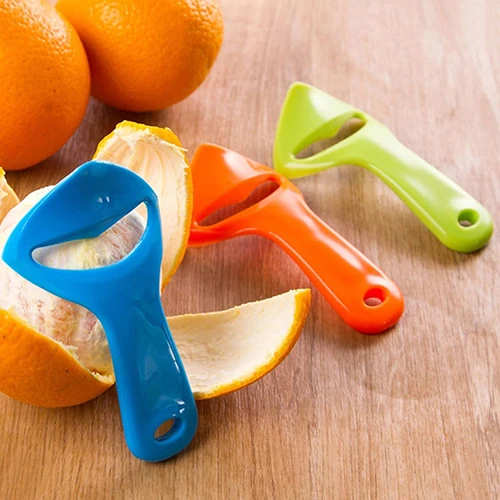
Just be sure to keep that edge on the board. Japanese paring knives benefit from harder steel, which makes for a sharper edge. These are usually screaming sharp, making it quite precarious to choke up on the blade for in-hand work. Western-style Japanese: This is shaped like a classic paring knife, but with less curve in the belly.It is really a unitasker and has no room on our knife strip at home.
 Bird’s beak: This style has a shorter, curved blade that’s specifically designed for turning vegetables. Citrus peeler: Much easier to use than a paring knife, a citrus peeler. Kenji Lopez-Alt at Serious Eats touts this style of paring knife to be his favorite, but we find it limiting since the tip isn’t very sharp and it’s really best suited for board work. a measurement tool equal to a teaspoon, a barspoon of syrup, for example.
Bird’s beak: This style has a shorter, curved blade that’s specifically designed for turning vegetables. Citrus peeler: Much easier to use than a paring knife, a citrus peeler. Kenji Lopez-Alt at Serious Eats touts this style of paring knife to be his favorite, but we find it limiting since the tip isn’t very sharp and it’s really best suited for board work. a measurement tool equal to a teaspoon, a barspoon of syrup, for example.  Sheep’s foot: Resembling a mini santoku, this knife has a rounded tip and an edge that sits flush to the board.
Sheep’s foot: Resembling a mini santoku, this knife has a rounded tip and an edge that sits flush to the board. 
We like this style best because it allows us to do a wide range of small jobs, whether in hand or on the board. You can find this style in drop-forged or stamped steel. It usually has the ideal blade length of 3 to 4 inches.
European: This classic style looks like a mini chef’s knife that includes a pointed tip, curved belly, and, in some cases, a bolster and full riveted tang.







 0 kommentar(er)
0 kommentar(er)
